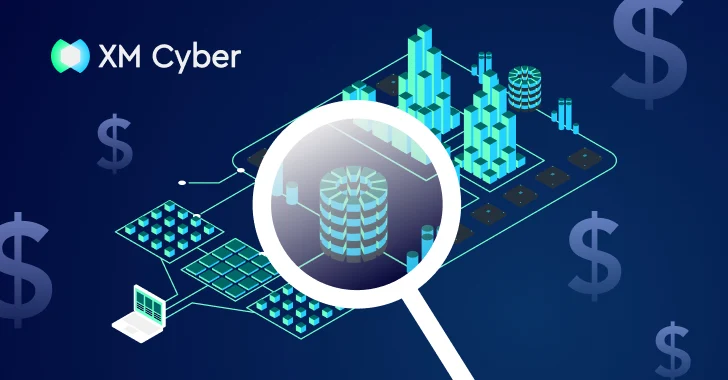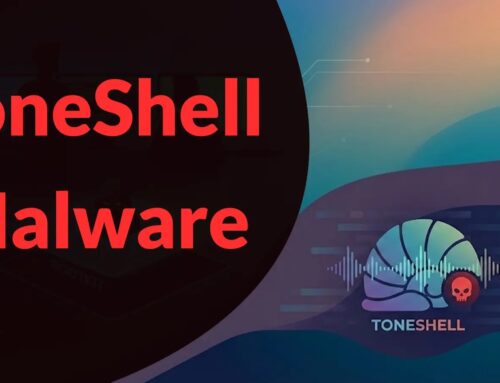
6 Lessons Learned: Focusing Security Where Business Value Lives
In the complex landscape of cybersecurity, a fundamental challenge persists: how to best allocate limited resources to secure an ever-expanding digital footprint. While most security teams possess a robust understanding of their critical assets, defining and prioritizing what constitutes business-critical remains an elusive, yet vital, distinction. Security is not merely about protecting against breaches; it’s about safeguarding the core functions that drive revenue, maintain operations, and ensure delivery. This often means focusing beyond the loudest alerts or most exposed systems to identify the silent, indispensable gears of the organization. Loss of access to these assets ripples far beyond technical inconvenience, directly impacting the bottom line and operational continuity.
The Evolution of Exposure Management
Traditional security approaches often prioritize the sheer volume of vulnerabilities or the most technically complex exploits. However, this perspective frequently overlooks the profound connection between an asset’s security posture and its direct impact on business operations. The shift towards exposure management acknowledges that not all risks are created equal. It re-frames the conversation from simply identifying weaknesses to understanding which weaknesses truly matter to the business. This evolution necessitates a deeper dive into understanding revenue streams, critical operational processes, and the underlying technological components that support them.
Identifying Business-Critical Assets
Pinpointing business-critical assets moves beyond a technical inventory to a strategic assessment. These are not always the most visible or “loudest” servers in the data center. Instead, they are the often-unsung heroes: the CRM system processing sales, the manufacturing control system on the factory floor, the payment gateway, or the database housing customer orders. Their compromise or downtime leads to immediate and tangible financial losses, operational paralysis, or severe reputational damage. Collaborating with business unit leaders is paramount in this identification process, as they hold the frontline knowledge of what truly keeps the organization running.
Beyond Loud Alarms: Prioritizing Impact Over Exposure
The cybersecurity industry often falls into the trap of prioritizing security alerts based on their perceived technical severity or public exposure. While important, a highly exposed asset with moderate business impact might be less critical than a less exposed, but business-essential, system with even a low-severity vulnerability. This nuanced understanding allows security teams to move from a reactive, alert-driven posture to a proactive, impact-driven strategy. The goal is to minimize actual business risk, not just to mitigate technical vulnerabilities in isolation.
Tying Security to Revenue, Operations, and Delivery
Effective security strategy is deeply intertwined with the organization’s overarching business objectives. When security teams can articulate the direct correlation between their efforts and the protection of revenue-generating activities, operational efficiency, and timely product/service delivery, security transforms from a cost center into a strategic enabler. For instance, securing a payment processing system directly protects revenue, while hardening an inventory management system ensures smooth operations and fulfillment. This alignment fosters greater understanding, budget allocation, and collaboration across the entire enterprise.
The Cascade Effect: More Than Just a Glitch
When a business-critical asset goes down, the repercussions extend far beyond a technical hiccup. Consider the widespread impact of issues like those seen with CVE-2023-38831, affecting widely used components, or the more critical CVE-2024-27983 targeting specific industrial control systems. Such incidents can halt production, disrupt supply chains, prevent financial transactions, or render essential customer services unavailable. The “more than a glitch” scenario highlights the urgent need for robust incident response plans tailored to business continuity, not just technical recovery. Without this focus, security incidents evolve into business catastrophes.
For example, if a company’s primary e-commerce platform, which is directly responsible for online sales, succumbs to a Distributed Denial of Service (DDoS) attack using techniques associated with vulnerabilities such as CVE-2024-21010, the immediate impact is lost revenue from halted transactions. The ripple effect could include damaged customer trust, increased support calls, and a negative perception of the brand’s reliability. This demonstrates how a technical vulnerability on a business-critical asset translates directly into significant business losses and reputational damage.
Remediation Actions: Protecting Business Value
Focusing security where business value lives requires a strategic, multifaceted approach to remediation:
- Business Contextualization: Embed business impact assessments into every vulnerability management and risk prioritization process. Don’t just rank vulnerabilities by CVSS score; factor in the criticality of the affected asset to revenue, operations, and delivery.
- Cross-Functional Collaboration: Establish regular communication channels with business owners, operations teams, and even sales and marketing. Their insights are invaluable in identifying truly critical assets and understanding their dependencies.
- Asset Tagging and Categorization: Implement robust asset inventory management with clear tags indicating business criticality (e.g., “tier 0 – revenue critical,” “tier 1 – operational essential”). This helps in prioritizing patching, security controls, and architectural reviews.
- Resilience Engineering: Beyond prevention, design systems for resilience. Implement robust backups, disaster recovery plans, and redundant systems for business-critical assets. Plan for business continuity, not just technical restoration.
- Tabletop Exercises: Conduct regular tabletop exercises with business stakeholders. Simulate scenarios where business-critical assets are compromised and walk through the business impact and recovery strategies. This highlights gaps and reinforces understanding.
- Security Awareness for Business Leaders: Educate business leaders on the interconnectedness of cybersecurity and business continuity. Frame security investments in terms of risk reduction to business objectives.
Conclusion
Shifting the cybersecurity paradigm to focus on business value is not just a strategic advantage; it’s a necessity for modern organizations. By aligning security efforts with core business objectives and understanding which assets truly drive revenue, operations, and delivery, security teams can transition from reactive defenders of infrastructure to proactive enablers of organizational success. This strategic pivot ensures that security resources are deployed where they matter most, safeguarding the very essence of the business.





